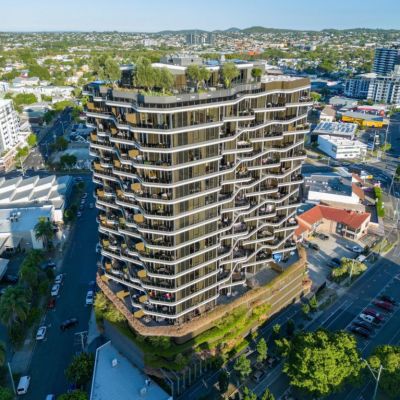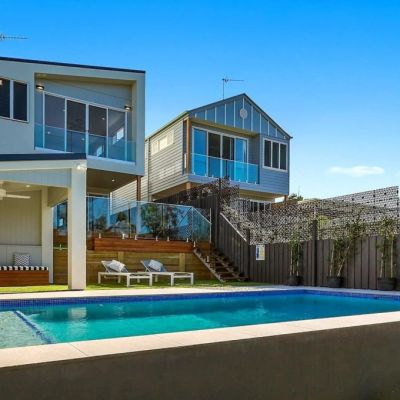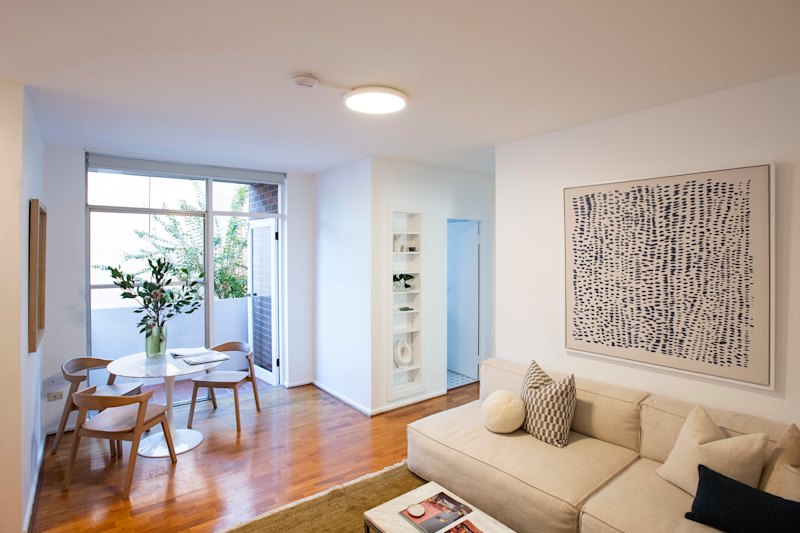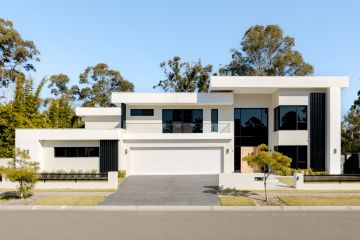Australia's fastest-selling suburbs are slowing down and homes are taking longer to sell
The 2023 property landscape can seem tough for buyers right now. Prices are rising, borrowing power has shrunk, and there’s not a great deal of property for sale.
Depending on the area you’re looking at, there’s often not enough supply to sate buyer demand and it can feel like a race against time to snatch up your dream home before someone else beats you to it.
While the latest data from Domain shows there are some suburbs where property is flying off the shelf, in general, the time it takes to sell a home has slowed down, giving prospective buyers more time to breathe, think and consider their decisions.
Across most of the capital cities, houses are taking 20 to 30 days longer to sell than they were this time last year.
| Canberra | Adelaide | Brisbane | Darwin | Hobart | Melbourne | Perth | Sydney | |
| Jun-22 | 40 | 64 | 34 | 117 | 24 | 43 | 47 | 38 |
| Jun-23 | 64 | 64 | 55 | 123 | 73 | 68 | 62 | 63 |
There are still some suburbs across Australia that remain stubbornly difficult to crack for buyers – even after a slowdown – such as Leichhardt, in Sydney’s inner west.
Leichhardt is still the fastest-selling suburb in the nation. Houses there spend an average of 34 days on the market, almost half of Sydney’s average.
Leichhardt is followed by Strathpine on Brisbane’s northside, where the average number of days on market is 39. Next is Knox in Melbourne’s east, with an average of 42 days.
While Leichhardt is the fastest-selling suburb in Australia, houses there are taking longer to sell now than they were last year – an extra six days – which Domain chief of research and economics Dr Nicola Powell says is a reflection of the market slowing down as a whole.
“Generally speaking, as the market slows down, you tend to find homes stay in the market longer because it takes time for home owners to realise that the market is changing and [they] need to adjust the asking price,” she says.
“The downturn of last year is a good example, where someone may have listed their home for sale in June of last year, and in the period leading up to that, we had seen some strong rise of price growth. And they came to market with an unrealistic price expectation based on what they’d observed in the last 12 months.”
There is no industry standard for average days on market, but Powell says that, for sellers, the quicker the transaction, the better the outcome. On the other hand, for buyers, a property that sits for longer means greater leverage to negotiate the price.
| HOUSES | ||||
| State | SA3 region | Jun-23 | Jun-22 | Annual change |
| NSW | Leichhardt | 34 | 28 | 21.1% |
| QLD | Strathpine | 39 | 23 | 69.1% |
| VIC | Knox | 42 | 34 | 26.2% |
| NSW | Camden | 42 | 27 | 53.8% |
| NSW | Marrickville -Sydenham -Petersham | 43 | 40 | 7.1% |
| WA | Armadale | 43 | 46 | -5.6% |
| QLD | North Lakes | 45 | 24 | 86.1% |
| QLD | Ipswich Inner | 45 | 35 | 30.0% |
| NSW | St Marys | 45 | 27 | 64.7% |
| QLD | The Gap – Enoggera | 45 | 17 | 161.7% |
Alister Barrett of The Agency Inner West says the slowdown in the economy and the market has made potential buyers less committed to buying as quickly as last year.
But despite lower borrowing capacities, interest rate hikes and a cost-of-living crisis, people still want to live in Sydney’s inner west.
“The reason [Leichhardt] sells so quickly is because it has a lot of smaller homes with more affordable price points of $1 million to $1.5 million,” Barrett says. “Most of what we see are two-bedrooms, semis and townhouses that attract a wide range of buyers, from downsizers to investors, first-time home buyers and empty nesters.”
Barrett has seen property stay on the market for longer, but there have been a couple of surges the past couple of months which have driven down Leichhardt’s days on market average.
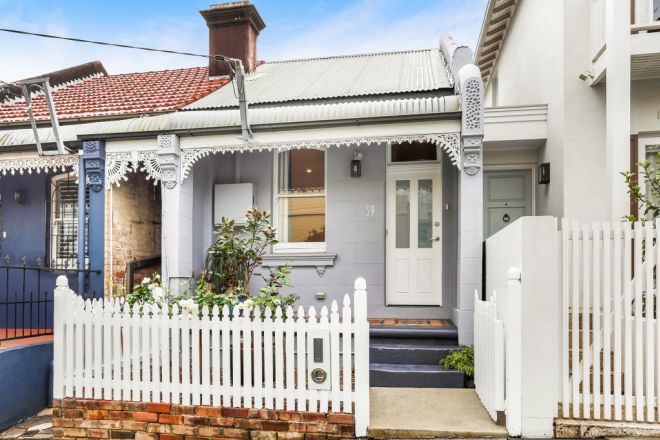
Of all the capital cities, it’s Brisbane where houses are selling fastest, on average within 55 days, but days on market have stretched out considerably since June last year, when the average was just 34 days.
Bayli Robertson of Ray White Bracken Ridge says buyer activity has been strongly influenced by interest-rate movements.
“Buyer activity has really been affected by the interest rate hikes,” he says. “Every time the rates halt, we see a wave of people wanting to buy.
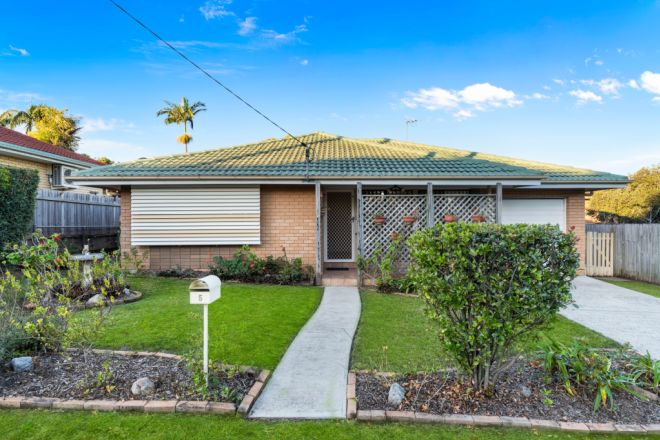
“For example, at the start of the year we barely had any buyers [and property stayed on the market for longer] and recently, with the new hold, we got an influx of sales.”
Demand in Strathpine has remained strong, with houses still turning over quickly thanks to its affordable pricing, easy access to motorways and multiple train stations with great access to the CBD, he says.
In Knox, in the eastern suburbs of Melbourne, houses are selling within 42 days, much faster than the city average of 68 days.
“People are still buying because they want to leave the inner-city Melbourne area for a region with an easy community, great country vibes and excellent access to train lines,” says Rebecca Halit of Property Partners in Real Estate.
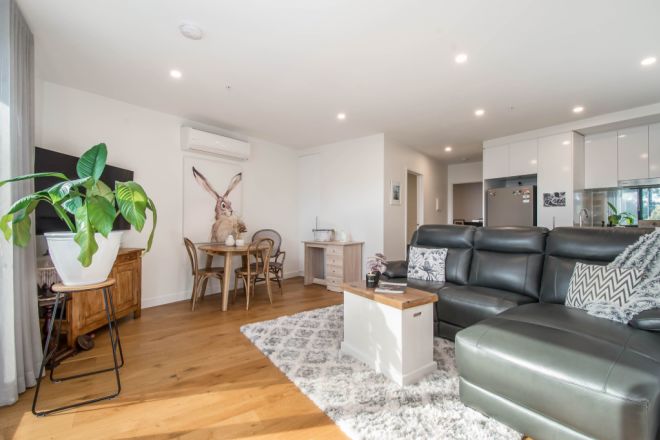
“Buyers are also being more cautious. There is more time to consider what to do. The fear of missing out is gone, and the fear of overpaying is here. Now that buyers have more time to think, it leads to more of them deciding not to purchase.”
Halit has experienced cases where a buyer seriously considered buying a property for a while, then pulled out when the interest rate rose. This then caused the property to stay on the market for a longer time.
“A slowdown is a good thing for buyers,” says Powell. “Time is the most important part of making a decision in choosing the right home.”
We recommend
States
Capital Cities
Capital Cities - Rentals
Popular Areas
Allhomes
More
